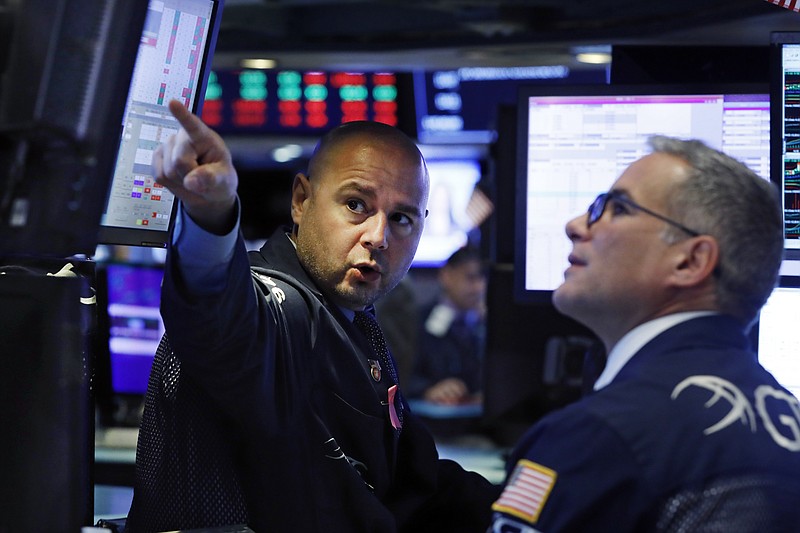"Years ago, I noticed one thing about economics, and that is the economists didn't get anything right". – Nassim Nicholas Taleb
Clearly, the economy moves through familiar and repetitive phases over what is known as the business cycle. Yet despite the inevitability of the ups and downs, no one is able to accurately foresee exactly when the turns are coming. Since prediction is futile, it is helpful to understand and inure oneself to the cyclical nature of the economy, both at home and globally.
Maintaining long-run equilibrium is impossible in any system, be it mechanical, biological or economic. The United States has enjoyed an unusually long period of relative stability (the longest stretch of economic growth in our history), but after 10 years, there are some signs that the gas gauge is low. We cannot know when, but is useful to understand why booms turn into busts.
The full cycle is often represented as a wavy curve oscillating about a central line that slopes gradually upward. That is because over time, even though the short run is variable, the long-run trend is incrementally higher as long as population growth is positive.
There are four basic phases in an economic cycle that repeat ad infinitum, although at differing durations and amplitudes.
Expansion. Just as it sounds, this is the upward growth phase in the cycle. During expansion, total output as measured by the Gross Domestic Product (GDP) moves higher, employment rises, profits and incomes increase and optimism gains momentum. The US has enjoyed the current expansion since June 2009.
Peak. All good things come to an end, including expansions. The turning point at the top of an economic cycle is called the peak (try not to get lost in the jargon). At this point, labor is generally scarce, and unsustainable imbalances begin to appear. Typically, price pressure (inflation) worsens and interest rates rise in response, although in the present case this has not occurred. The last peak we experienced was in December, 2007.
Contraction. This is the decline phase of the cycle, when growth in GDP slows and eventually stops or goes into reverse (output declines, unemployment rises, profits slide). The contraction phase usually becomes acute enough to be classified as a "recession", or a significant decline in GDP. The Great Recession of 2008 officially began with the previous peak and eventually become the most severe since the Great Depression of the 1930s.
Trough. You guessed it: this is the bottom of the down phase, or the turning point between contraction and expansion (June 2009 for the last recession). At this point, although pessimism reaches its maximum, the economy pivots and begins the next expansion phase.
The agency responsible for dating economic cycles in the U.S. is the nonprofit National Bureau of Economic Research. Recessions are sometimes popularly defined as two consecutive quarters of decline in GDP, but the official identification by NBER involves many indicators and is only observed in hindsight. NBER has identified 34 business cycles since 1854.
The causes of economic cycles are varied, as are the durations of each distinct cycle. For most of the post-war period, and increasingly for the past 40 years, policymakers have become more willing to intervene in an effort to dampen cycles (mostly to fight downturns). One major tool is fiscal policy, focused on taxation and spending to attempt to stimulate overall demand. The other tool is monetary policy, by which the Federal Reserve exerts control over the supply of money and the rate of interest in the economy. The efficacy of these tools remains a subject of debate.
Next week: a closer look at policy tools and recent cycles.
Christopher A. Hopkins, CFA, is a vice president and portfolio manager for Barnett & Co. in Chattanooga.

